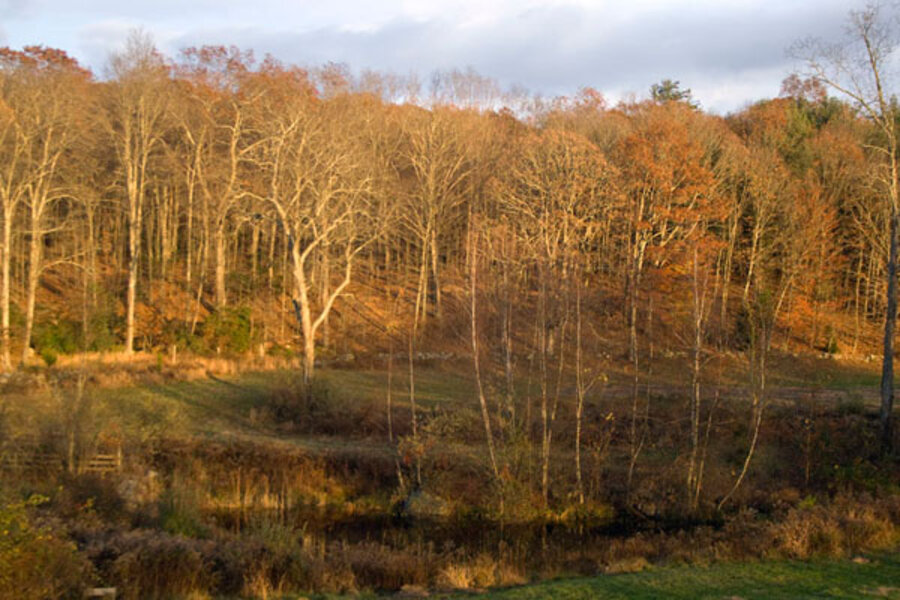Water conservation: Is it necessary in the Northeast?
Loading...
The presence of water was one of the many attractions of Sheep Dog Hollow, the hundred-year-old farmhouse we’re renovating in as green and economical manner as possible.
Not only did the house sit in a bucolic farm setting, surrounded by dozens of acres of land in conservation easement, but it had a pond out back that was fed by a brook, which eventually fed into a lake at the end of the dead-end road where the old house sits. Across the road runs another large brook, which feeds into yet another pond that sits at the other end of the road.
Yes, water, water everywhere and plenty to drink, if you bother to boil it (please forgive my butchering "Rime of the Ancient Mariner.")
So, when it came to looking at the green aspects of water conservation in our renovation, I really had to ask myself why it should be an issue when we have more water than we can account for all within spitting distance of the kitchen.
Well, there are such things as droughts. The last major one in the Northeast was in 2002. Reservoirs dropped dangerously low, as did water aquifers – which are essentially underground reservoirs that feed people’s water wells. Many people throughout the Northeast who depended on their wells suddenly found themselves having to dig new, deeper wells, so they’d have enough water.
“In the hydrology field, there’s a joke that everyone panics in a drought, then everyone forgets about it after the first rainfall,” says Edward Kaplan, who studied water use in the Northeast at the Brookhaven National Labs. Now retired, he teaches at the State University of New York (SUNY) at Stony Brook in Long Island.
Back in the 1980s, he and his colleagues did a study on water use in the Northeast and concluded that unless major efforts were made to conserve water, some industries, “particularly the electric utility sector, would still experience serious water supply shortfalls in several industrialized states.” And that was a prediction for here, in the water-lush Northeast, as a result of increased development and industrialization.
Looking at a map of the world’s current troubled water spots, I was surprised to see the Mid-Atlantic region of the United States stand out as a potential trouble spot. But there it is, thanks in part to rapid development.
Prof. Kaplan notes that many people, at least here in the Northeast, take water for granted “like the air we breathe, until someone places a restriction on it.” And the more land that’s developed, the more water aquifers are put into use, and potentially overused.
Despite our apparent abundance of water at Sheep Dog Hollow, we decided to pay special attention to water conservation. Plus, when we dug four closed-loop wells for our geothermal heating system maybe 10 yards from the house, we didn’t hit a single well that could be used as a domestic water well – none produced enough water pressure. As a result, we’ll have to dig somewhere else on the property.
And so, despite the appearance of water aplenty around Sheep Dog Hollow, conservation still turns out to be critically important.
Next: What homeowners can do to conserve water.
Editor’s note: Alexandra Marks blogs on Tuesdays and Thursdays about her green and budget-friendly restoration of a 1902 farmhouse in Connecticut.
The Monitor's Environment section has a new URL. And there's a new URL for its Bright Green blog. We hope you'll bookmark these and visit often.





